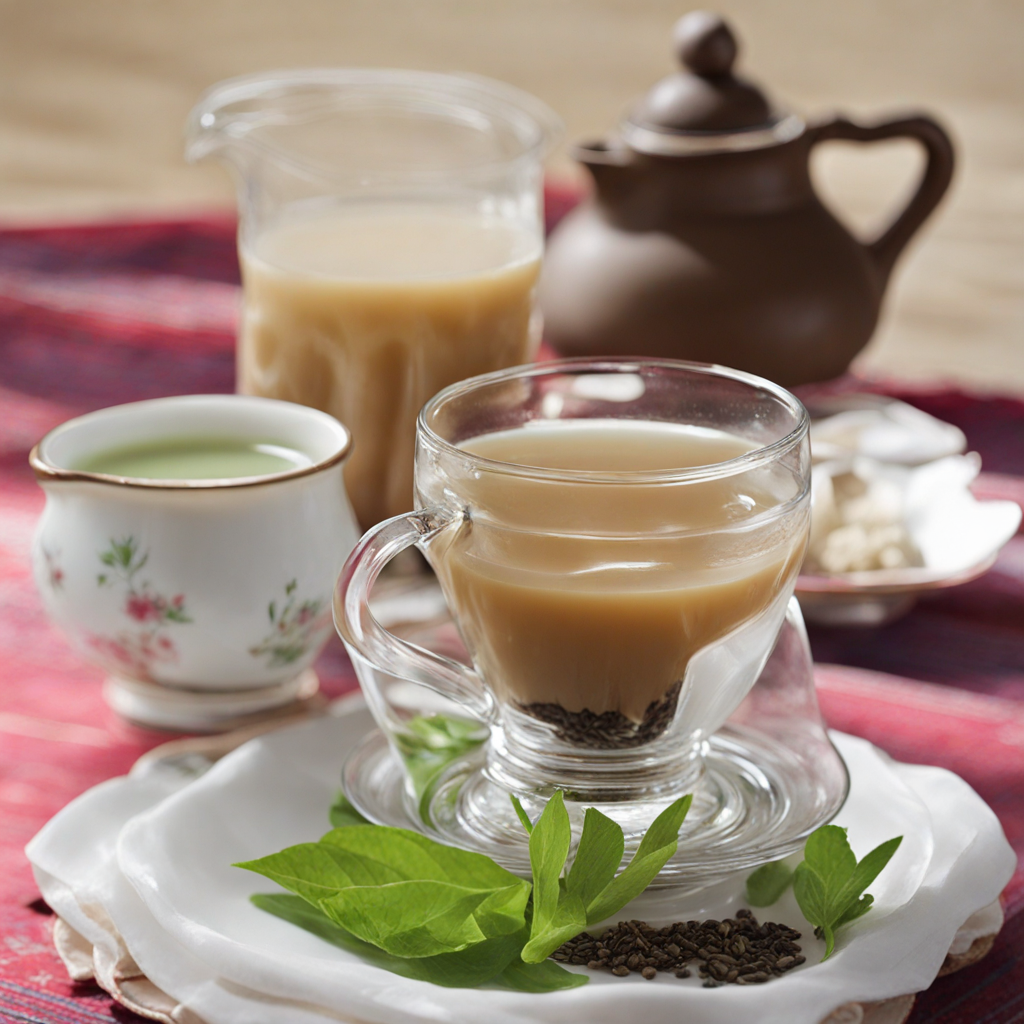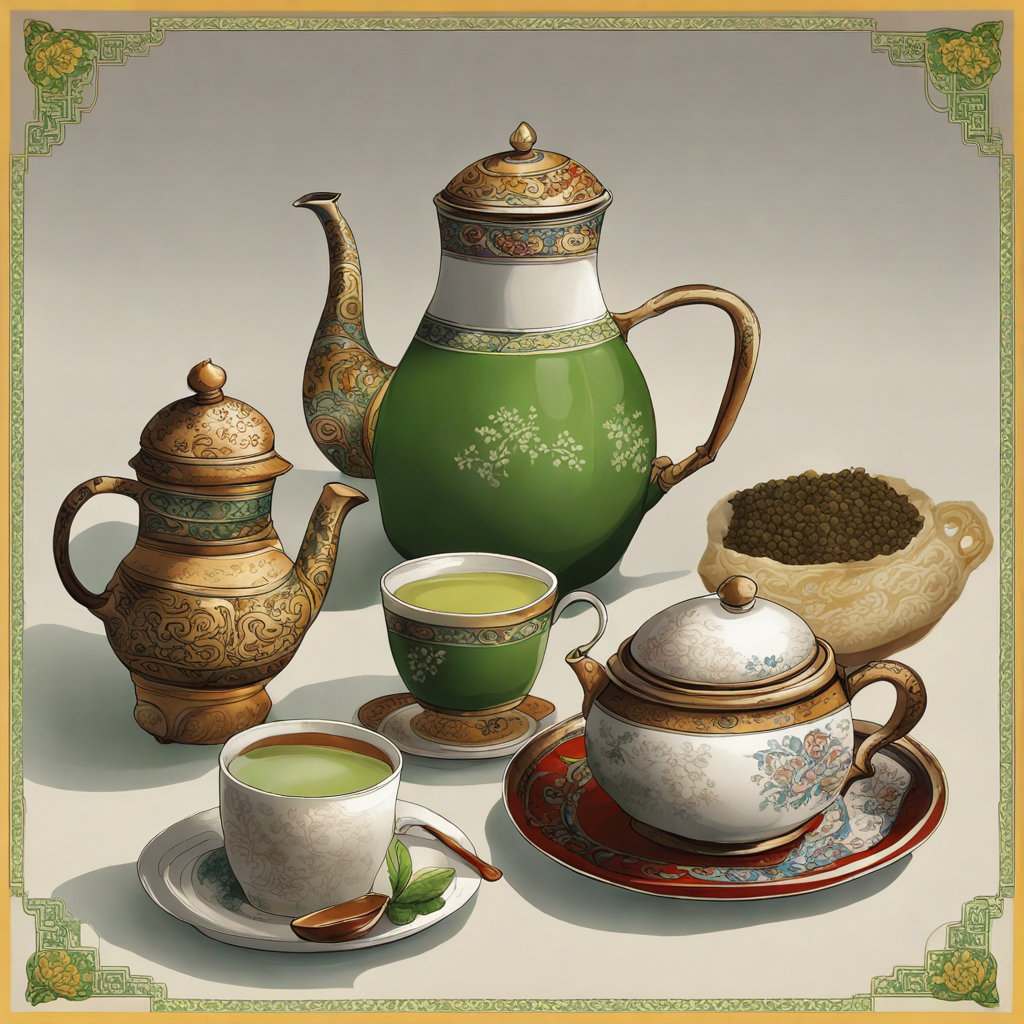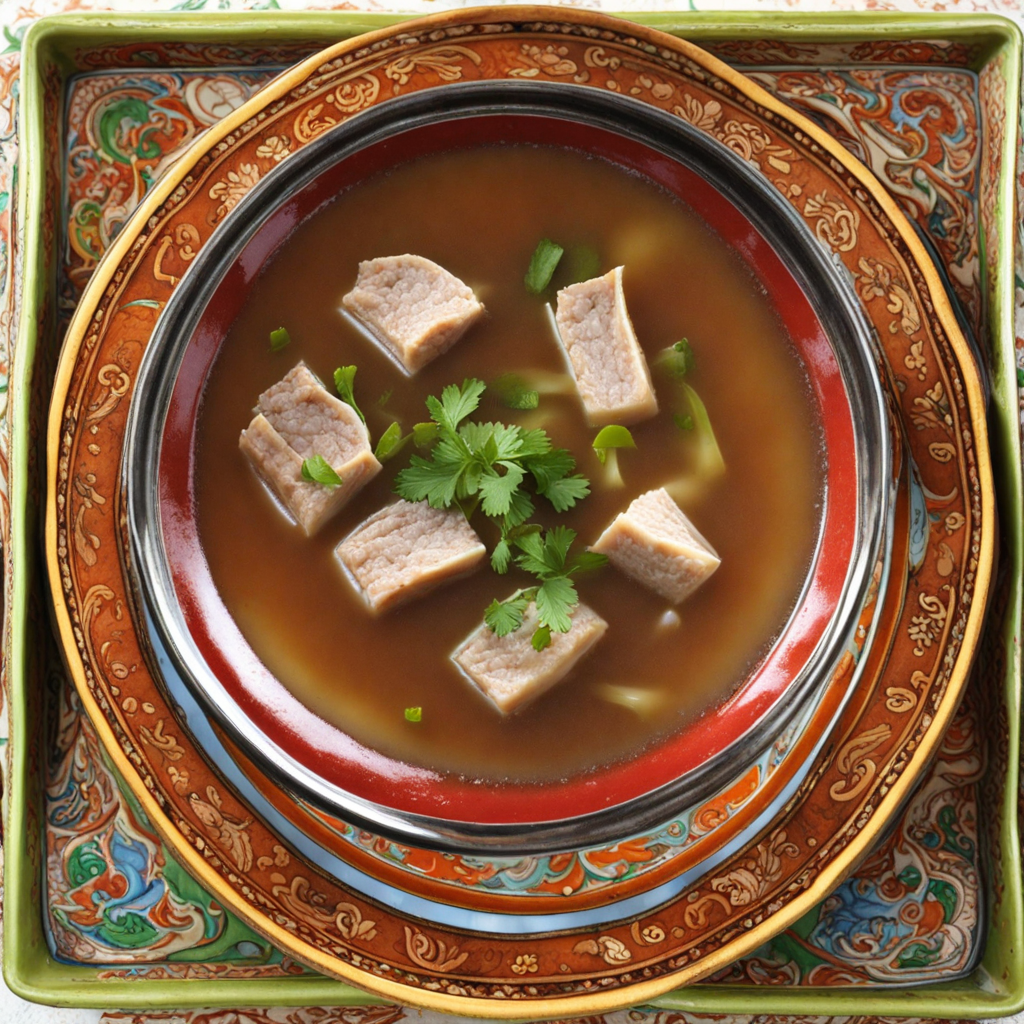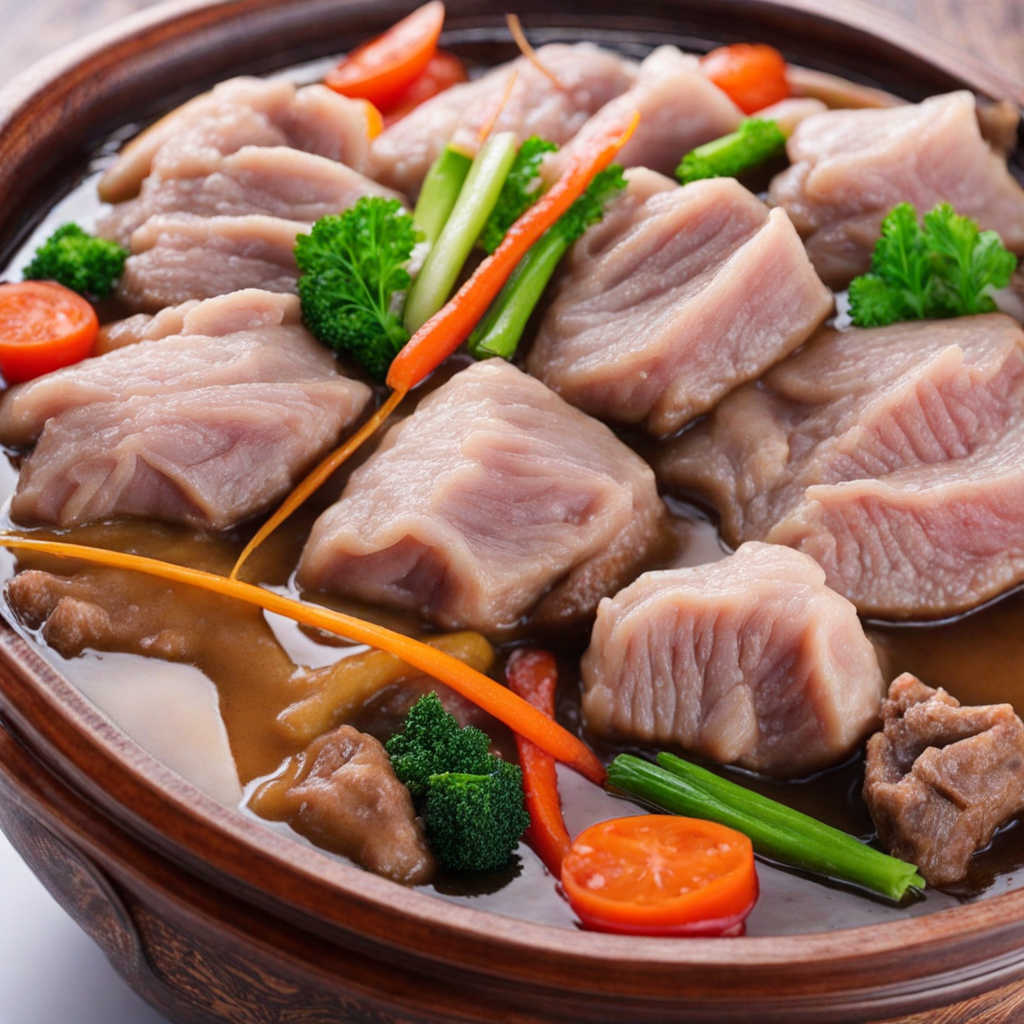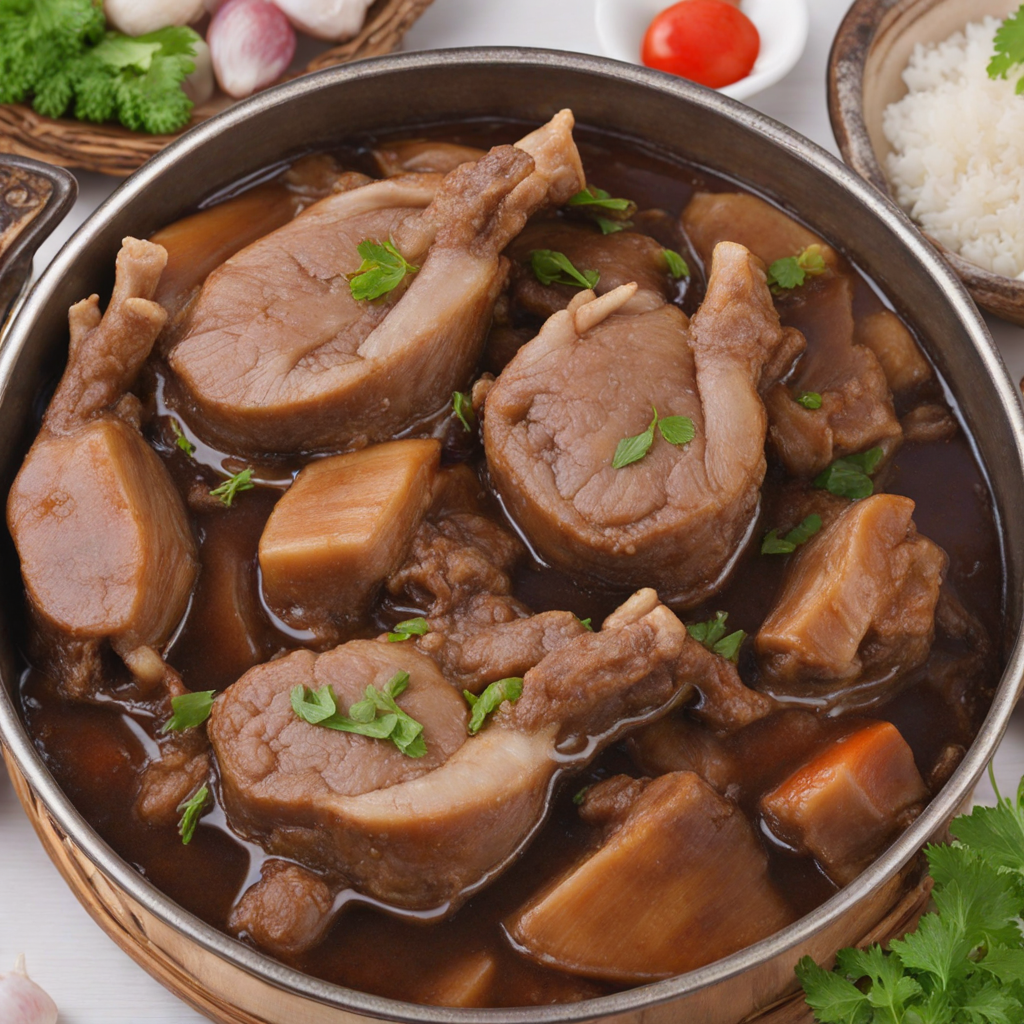Mongolian Tea
Mongolian Tea, often referred to as Suutei Tsai, is a traditional beverage that beautifully reflects the nomadic culture of Mongolia. This unique tea combines black tea with milk, usually derived from the milk of cows, yaks, or goats, and is often seasoned with a pinch of salt. The result is a creamy, savory drink that is both warming and invigorating, perfect for the cold climates of Mongolia. The tea is typically brewed in a kettle over a fire, allowing the flavors to meld together, and is frequently enjoyed throughout the day, especially during meals or as a refreshing pick-me-up during long journeys. The preparation of Mongolian Tea is as much an art as it is a science. The process begins with boiling water and adding black tea leaves, which are steeped until they reach a robust flavor. Once the tea is adequately brewed, milk is added, along with salt to taste, creating a delightful contrast between the rich creaminess of the milk and the boldness of the tea. Some variations might include additional ingredients like butter or even a sprinkle of barley, adding depth and complexity to the drink. The inclusion of salt instead of sugar sets it apart from many other tea traditions, emphasizing a savory profile that is both refreshing and sustaining. Mongolian Tea is not just a drink; it embodies a sense of hospitality and community. It is often served to guests as a welcome gesture, reflecting the warmth of Mongolian culture. Sipping on Suutei Tsai evokes a sense of connection to the vast steppes and the nomadic lifestyle, making it an experience as rich as the flavors themselves. Whether enjoyed by a crackling fire or shared among friends, Mongolian Tea invites you to savor the simplicity and warmth of a cherished tradition that has stood the test of time.
How It Became This Dish
The Rich History of Монгол цай (Mongolian Tea) Introduction to Монгол цай Монгол цай, or Mongolian tea, is more than just a beverage in Mongolia; it is a cultural symbol that embodies the resilience, hospitality, and nomadic traditions of the Mongolian people. This unique drink, often made with black tea, milk, and salt, has a storied history that reflects the harsh yet beautiful landscapes of Mongolia, the traditions of its people, and the evolution of their culinary practices over the centuries. Origins of Mongolian Tea The roots of Монгол цай can be traced back to the introduction of tea into Mongolia, which is believed to have occurred during the Qing Dynasty in the 17th century. As trade routes opened between China and Mongolia, the precious leaves of tea began to flow into the steppes, bringing with them not only a new beverage but also a different way of life. The nomadic Mongolian tribes, who primarily relied on dairy products and meat, began to incorporate tea into their diets, adapting it to fit their available resources. The original preparation of tea in Mongolia was quite different from the traditional Chinese tea ceremonies. The harsh climate and nomadic lifestyle of the Mongolian people necessitated a more practical approach to tea consumption. Instead of the delicate and refined practices of tea brewing seen in China, Mongolians developed a hearty, robust version that could be easily made and consumed on the go. Cultural Significance In Mongolian culture, tea is not just a drink; it is an integral part of social interactions and hospitality. The act of offering tea to guests is a gesture of respect and welcome. In rural areas, it is customary to greet visitors with a steaming cup of Монгол цай, often accompanied by traditional snacks such as dried meat or baked goods. This practice highlights the importance of community and connection among the Mongolian people. Moreover, Монгол цай is often considered a source of strength and nourishment. The inclusion of milk and salt transforms the drink into a more substantial meal, providing essential calories and hydration in a landscape where resources can be scarce. The drink is especially vital during the long winters when temperatures can plummet, and outdoor activity becomes limited. It serves as a warming comfort to those braving the elements, reinforcing its role as a staple in Mongolian households. Preparation and Variations The traditional preparation of Монгол цай is a fascinating process that illustrates the blend of practicality and tradition. The basic recipe includes black tea, typically brewed strong, which is then combined with milk—often from camels, yaks, or cows, depending on the region and availability. Salt is added to enhance flavor, and sometimes butter is included, creating a rich and creamy texture. Variations of Монгол цай can also be found across different regions of Mongolia. In some areas, herbs or spices may be added for additional flavor, while in others, the tea might be served with a bit of sugar or honey. The adaptability of this drink reflects the diversity of Mongolia’s vast landscapes and the culinary creativity of its people. Evolution Over Time As Mongolia entered the 20th century, the influence of external cultures began to shape traditional practices, including those surrounding Монгол цай. The Russian influence, particularly during the Soviet era, introduced new methods of tea preparation and consumption. Instant tea became popular, and the traditional brewing methods were sometimes overshadowed by convenience. However, even during these changes, the core cultural significance of tea remained intact. In recent years, there has been a resurgence of interest in traditional Mongolian practices, including the preparation and consumption of Монгол цай. With globalization, many young Mongolians are rekindling their connection to their heritage, seeking to preserve and celebrate their culinary traditions. This has led to a revival of traditional tea houses and local markets where Монгол цай is served in its authentic form, often alongside traditional Mongolian dishes. Contemporary Context Today, Монгол цай continues to be a beloved beverage in Mongolia, transcending generations. It is not only consumed in homes but also in restaurants and cafes, where it is enjoyed by locals and tourists alike. The drink serves as a bridge between Mongolia's past and present, offering a taste of the nomadic lifestyle that has shaped the identity of the Mongolian people. In addition to its cultural significance, Монгол цай is increasingly recognized for its health benefits. The combination of tea and milk provides antioxidants, calcium, and hydration, making it a nutritious choice for many. This awareness has spurred interest in the drink beyond Mongolia, as people around the world seek out authentic experiences and flavors. Conclusion The history of Монгол цай is a testament to the resilience and adaptability of the Mongolian people. From its origins during the Qing Dynasty to its role as a symbol of hospitality and community, this simple yet profound beverage encapsulates the spirit of Mongolia. As the world becomes more interconnected, Монгол цай remains a cherished part of Mongolian culture, bridging the gap between tradition and modernity. In a world that often overlooks the significance of food and drink, Монгол цай stands as a reminder of the stories, memories, and values that are steeped into every cup, inviting all to share in the warmth and richness of Mongolian life. Whether enjoyed on the vast, open steppes or in the cozy confines of a home, Монгол цай continues to nourish both body and soul, embodying the essence of Mongolian hospitality for generations to come.
You may like
Discover local flavors from Mongolia


